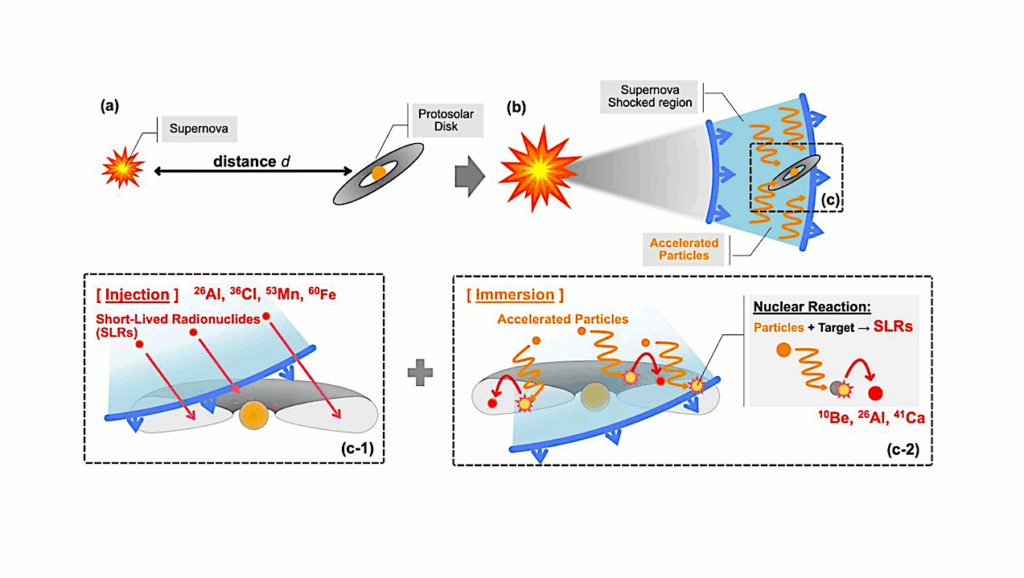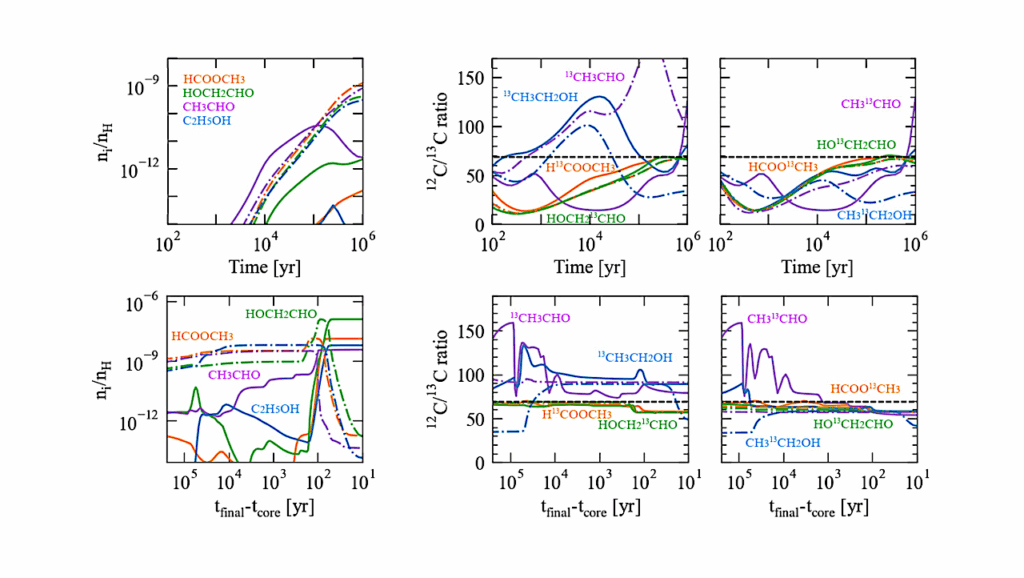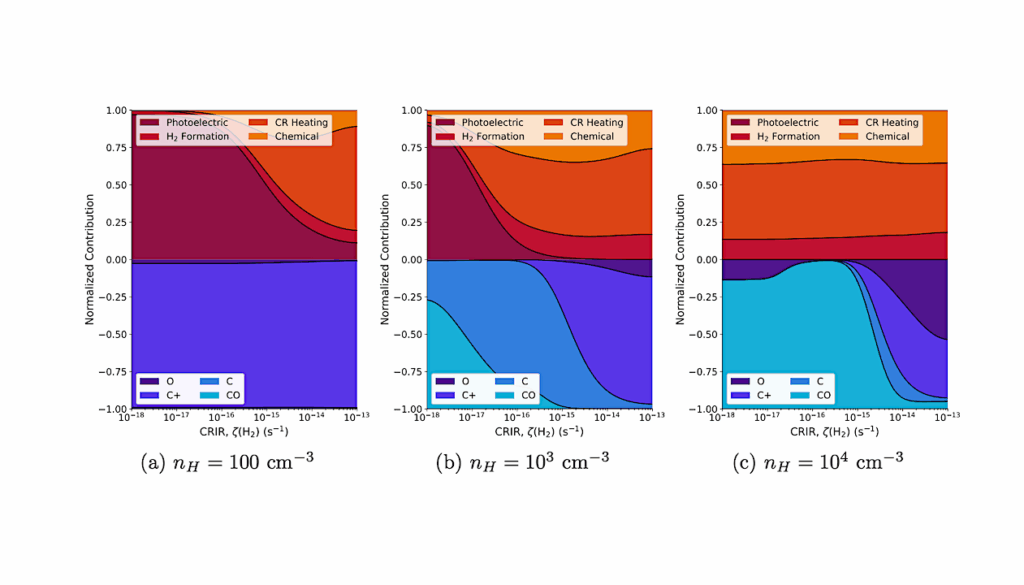Moderate D/H Ratios in Methane Ice on Eris and Makemake as Evidence of Hydrothermal or Metamorphic Processes in Their Interiors: Geochemical Analysis
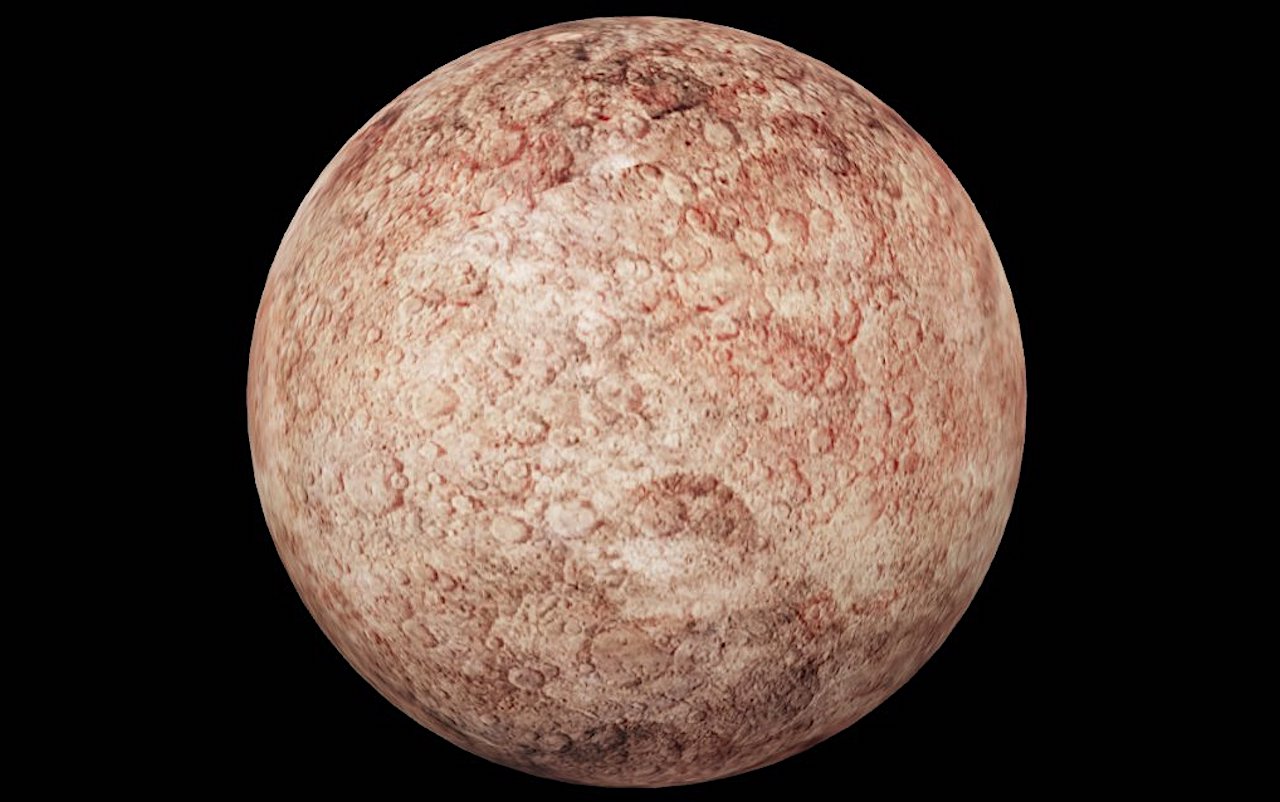
Dwarf planets Eris and Makemake have surfaces bearing methane ice of unknown origin. D/H ratios were recently determined from James Webb Space Telescope (JWST) observations of Eris and Makemake, giving us new clues to decipher the origin of methane.
Here, we develop geochemical models to test if the origin of methane could be primordial, derived from CO2 or CO (“abiotic”), or sourced by organics (“thermogenic”). We find that primordial methane is inconsistent with the observational data, whereas both abiotic and thermogenic methane can have D/H ratios that overlap the observed ranges. This suggests that Eris and Makemake either never acquired a significant amount of methane during their formation, or their original inventories were removed and then replaced by a source of internally produced methane.
Because producing abiotic or thermogenic methane likely requires temperatures above ~150°C, we infer that Eris and Makemake have rocky cores that underwent substantial radiogenic heating. Their cores may still be warm/hot enough to make methane. This heating could have driven hydrothermal circulation at the bottom of an ice-covered ocean to generate abiotic methane, and/or metamorphic reactions involving accreted organic matter could have occurred in response to heating in the deeper interior, generating thermogenic methane.
Additional analyses of relevant thermal evolution model results and theoretical predictions of the D/H ratio of methane in the solar nebula support our findings of elevated subsurface temperatures and an apparent lack of primordial methane on Eris and Makemake. It remains an open question whether their D/H ratios may have evolved subsequent to methane outgassing. Recommendations are given for future activities to further test proposed scenarios of abiotic and thermogenic methane production on Eris and Makemake, and to explore these worlds up close.
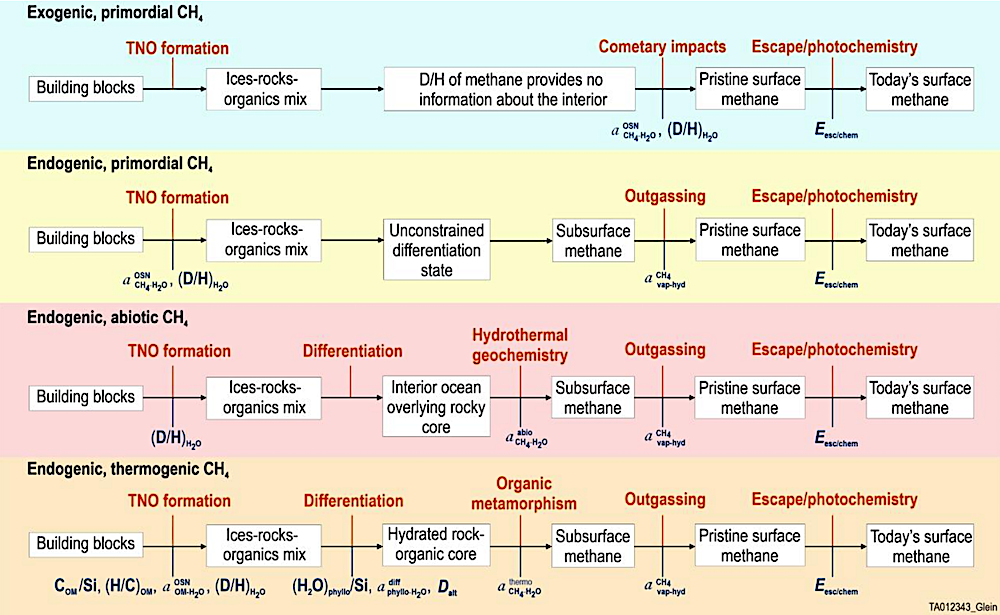
Stages in the origin and evolution of Eris and Makemake, with a focus on materials (written inside boxes) and chemical/physical processes (indicated in red) that are hypothesized to explain the presence of methane. Each row is distinguished by methane from a source type named in bold, black text. Model parameters (see Table 1) that represent the isotopic consequences of the corresponding process are shown in blue. Other materials or processes could occur, but those shown here are most significant to the D/H ratio of methane.
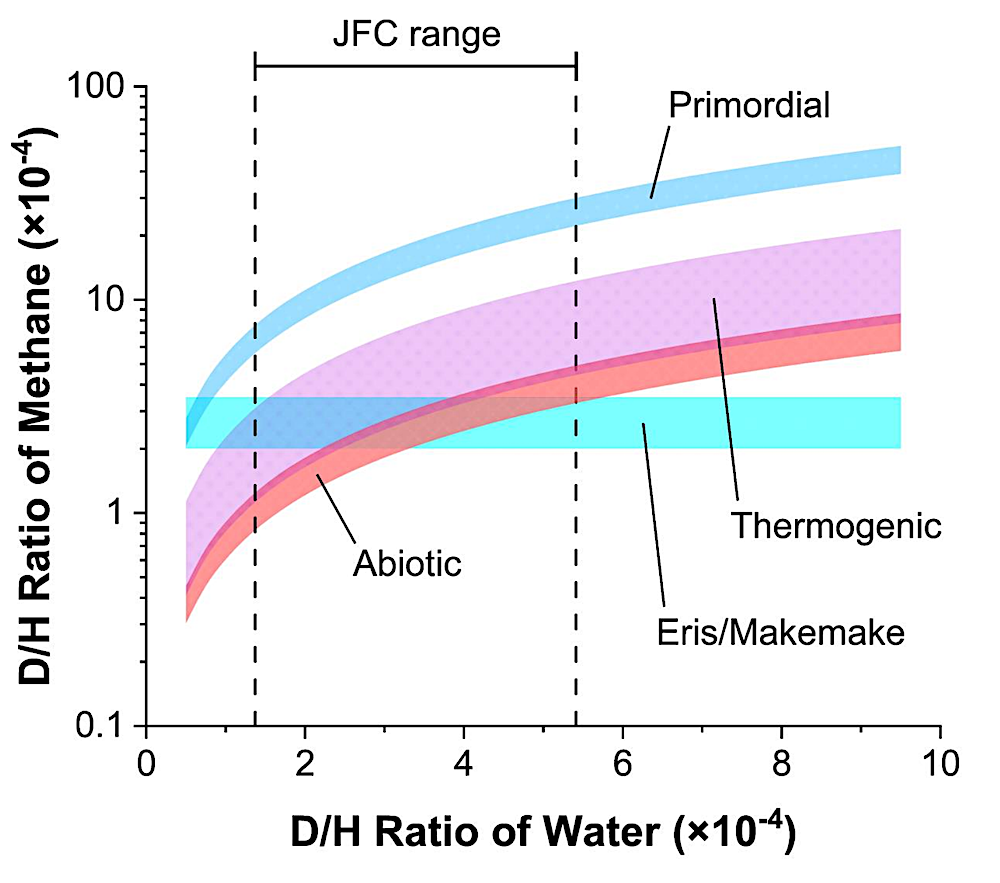
D/H ratios for different types of methane that may represent methane on the surfaces of Eris and Makemake. Primordial methane would be accreted in the building blocks of these bodies, or delivered by comets throughout their histories. Thermogenic methane would be produced from accreted organic matter that was “cooked” in the rocky cores of these bodies. Abiotic methane would be a product of H2 reacting with CO2 or CO in hydrothermal systems at the base of a subsurface ocean. In our model, the D/H ratio of methane depends on the D/H ratio of water (see Section 2). Our current best estimate for the D/H ratio of water on Eris and Makemake is within the range encompassed by Jupiter-family comets (JFCs). The total 1σ range for Eris/Makemake is also shown (see Figure 3 for individual comparisons).
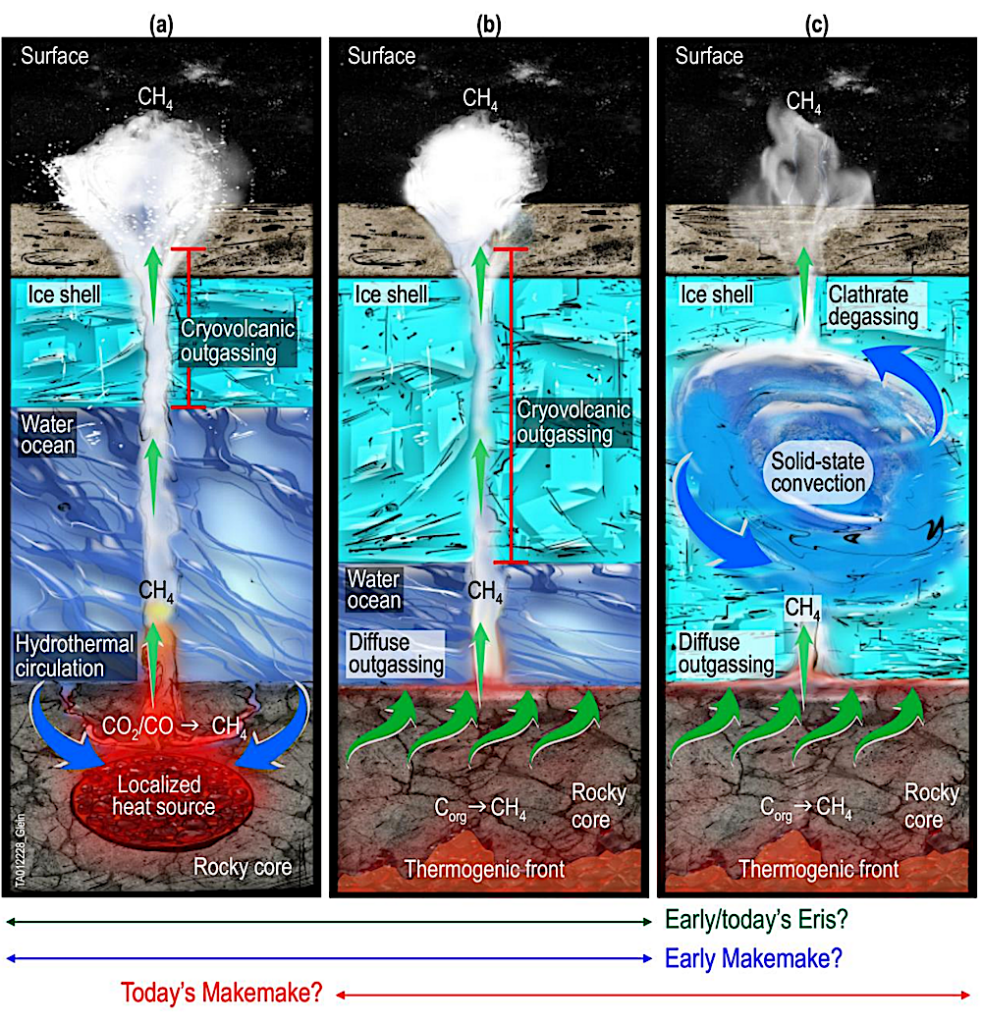
Three scenarios for how methane generation might fit into the geophysical evolution of Eris and Makemake. These are radial cross sections. From left to right, the interior becomes cooler and key processes that affect the availability of methane can change. This progression may represent a decrease in size when comparing different bodies, or the evolution of an individual body through time. Subsurface phenomena shown here are hypothetical on Eris and Makemake. Nevertheless, the methane-producing processes are consistent with observed D/H ratios (Figure 3), and other processes may be suggested by drawing parallels between large TNOs and comparable icy satellites (McKinnon et al., 2008). Dimensions not to scale.
Christopher R. Glein, William M. Grundy, Jonathan I. Lunine, Ian Wong, Silvia Protopapa, Noemi Pinilla-Alonso, John A. Stansberry, Bryan J. Holler, Jason C. Cook, Ana Carolina Souza-Feliciano
Comments: Accepted by Icarus, 43 pages, 8 figures, 1 table
Subjects: Earth and Planetary Astrophysics (astro-ph.EP)
Cite as: arXiv:2309.05549 [astro-ph.EP] (or arXiv:2309.05549v2 [astro-ph.EP] for this version)
https://doi.org/10.48550/arXiv.2309.05549
Focus to learn more
Related DOI:
https://doi.org/10.1016/j.icarus.2024.115999
Focus to learn more
Submission history
From: Christopher Glein
[v1] Mon, 11 Sep 2023 15:34:03 UTC (927 KB)
[v2] Sat, 10 Feb 2024 07:26:54 UTC (1,731 KB)
https://arxiv.org/abs/2309.05549
Astrobiology


